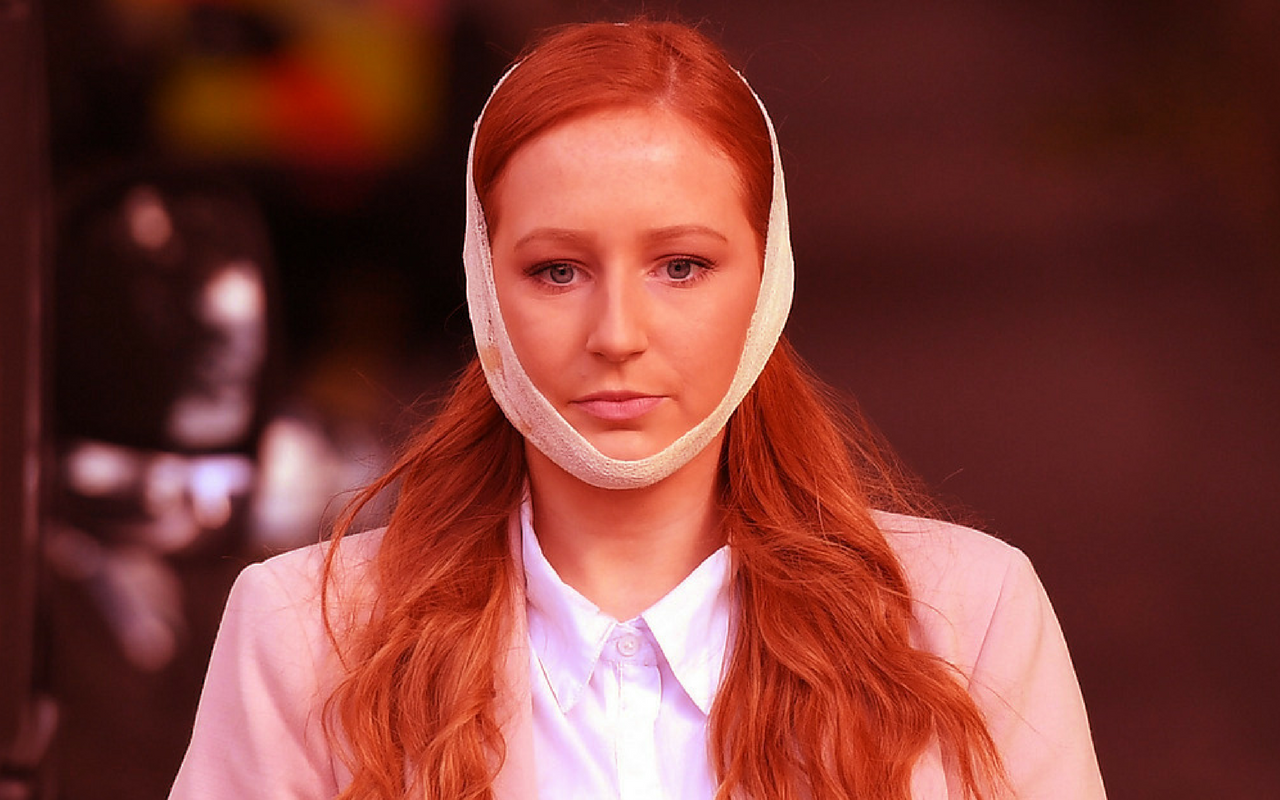
Five days after the Parsons Green bombing in September 2017, a Facebook post went viral. In it, a Facebook group called “The Crisis Actor” claimed that an unidentified victim of the attack was in fact The Office actress Nora Kirkpatrick. “She had time to pose for photo opportunities with the waiting media looking like she just walked out of a beauty salon,” read the caption on a photo of the red-headed victim, whose ear was bandaged after the attack.




